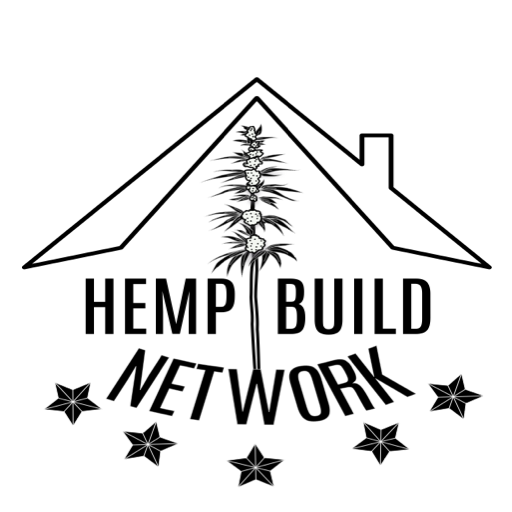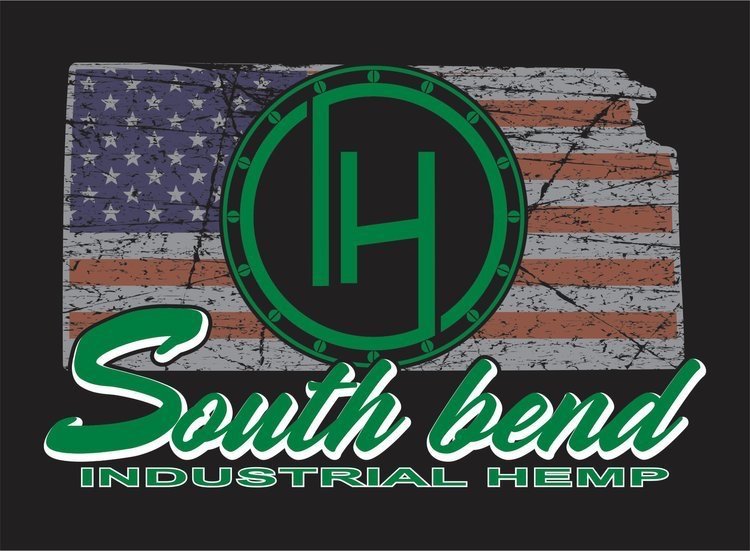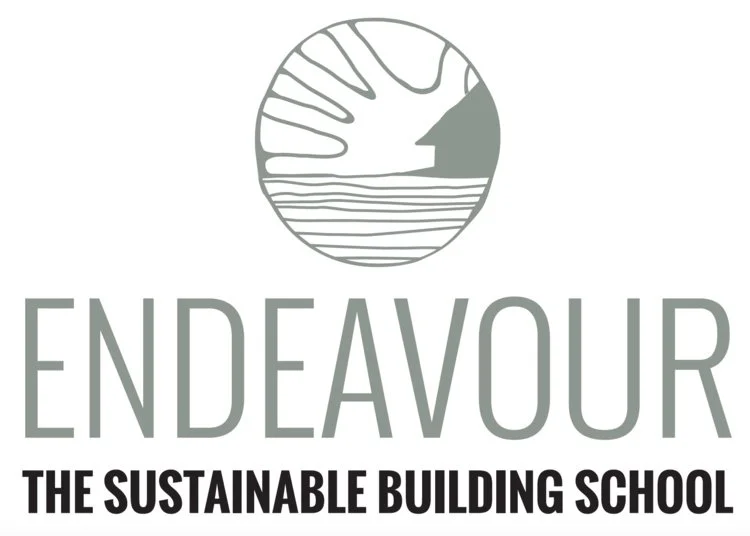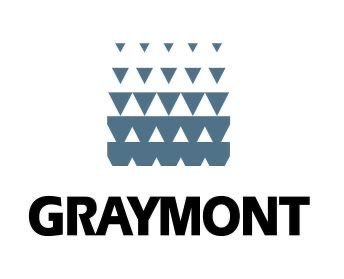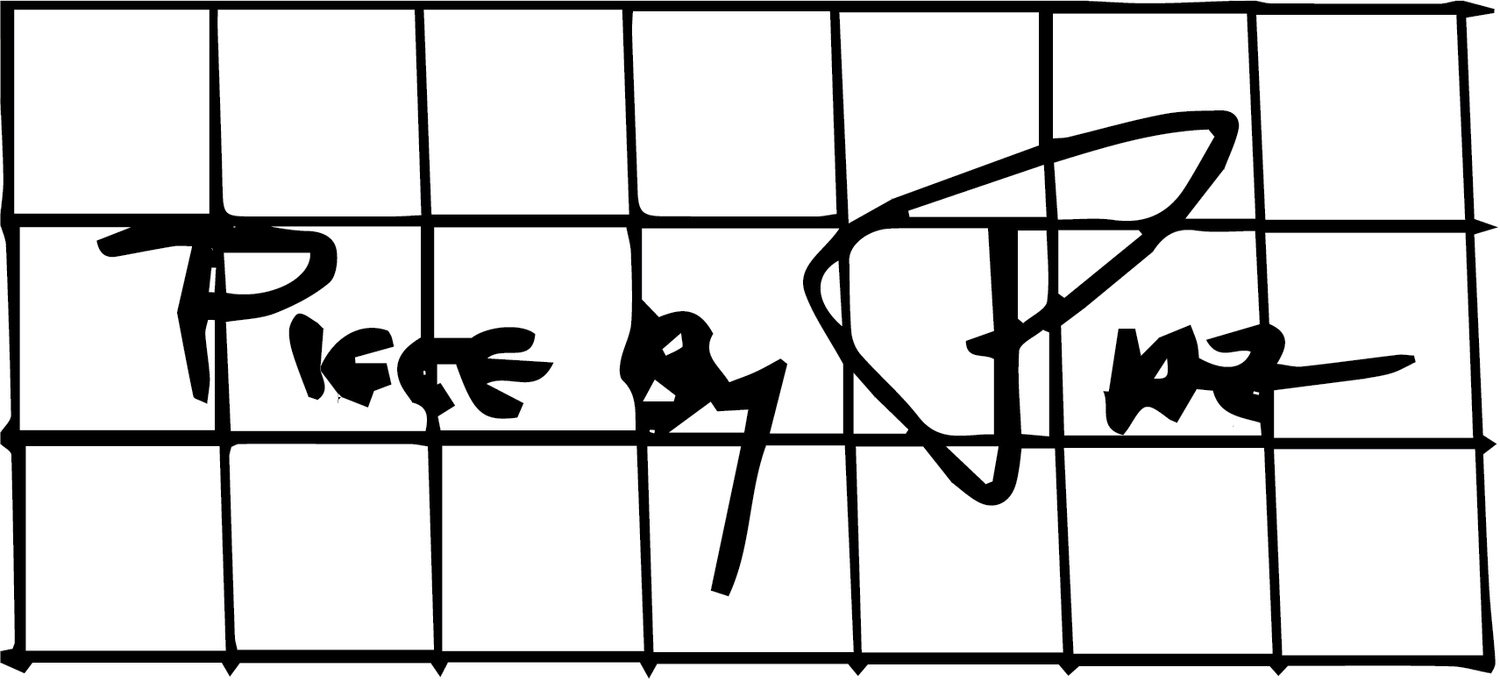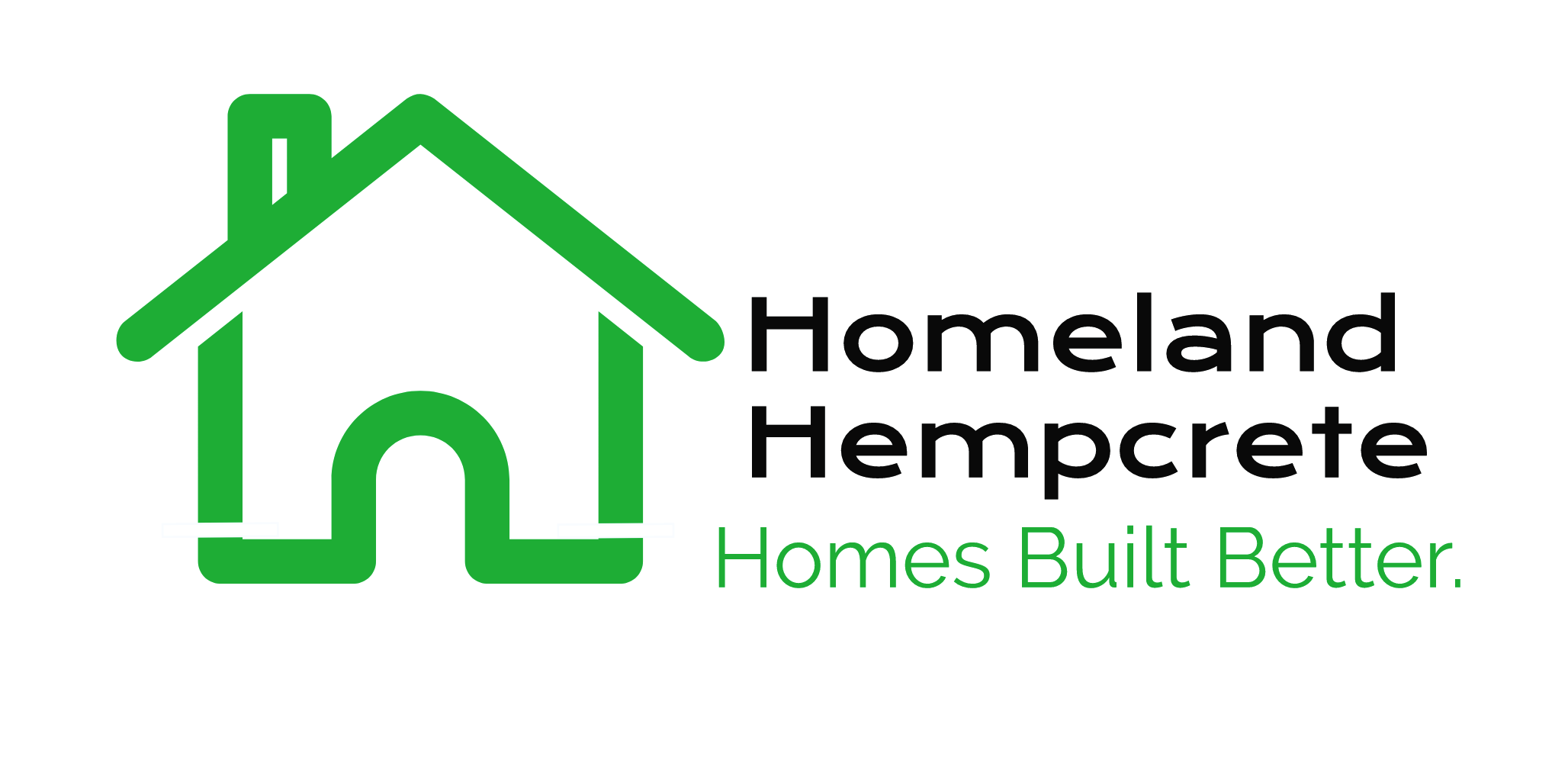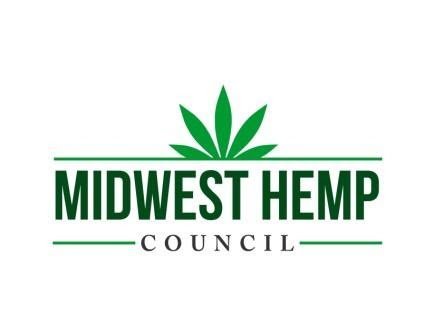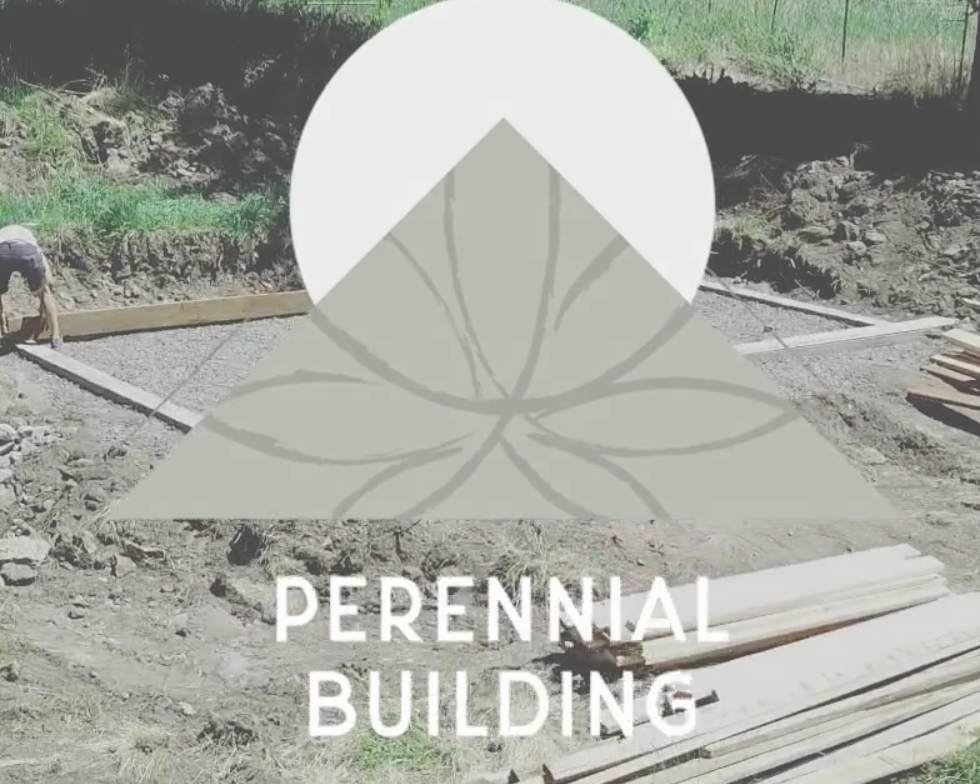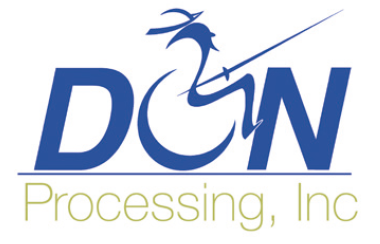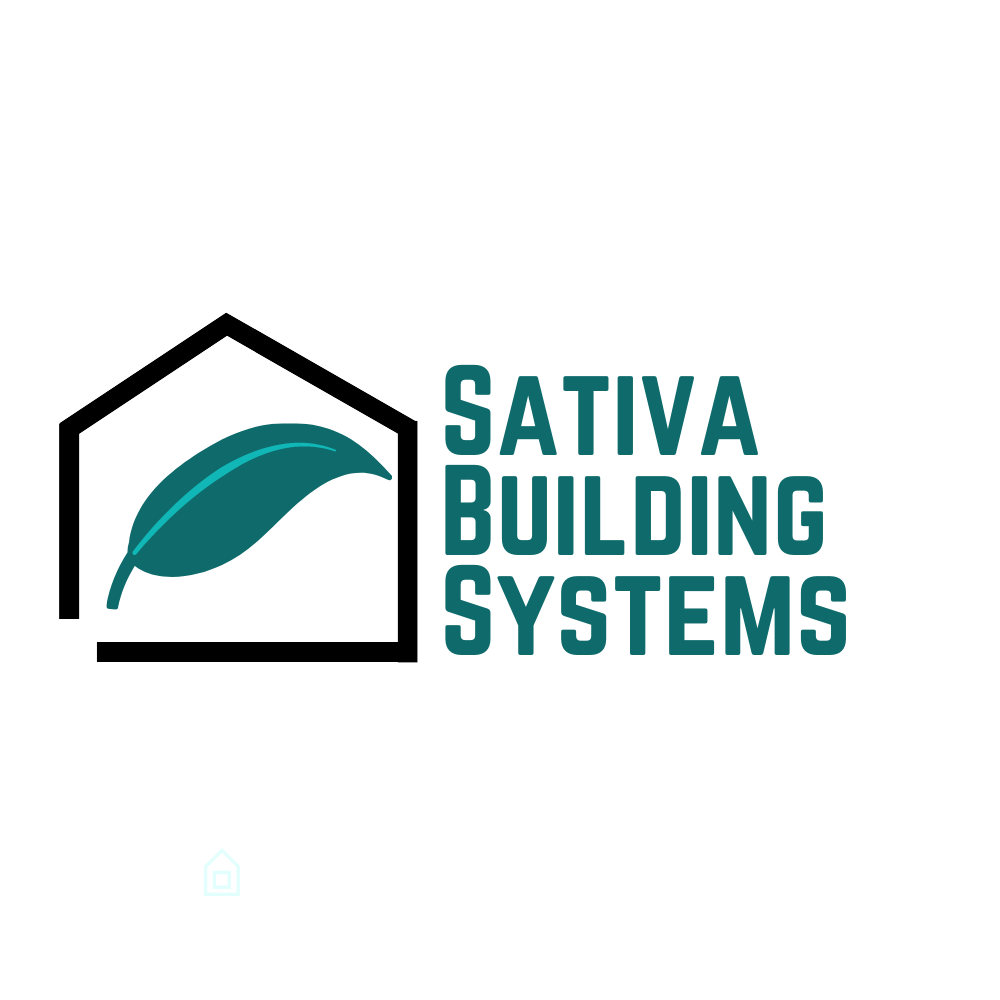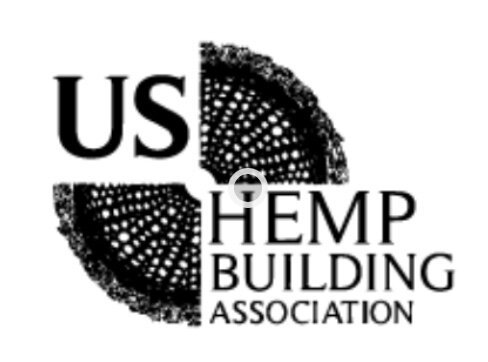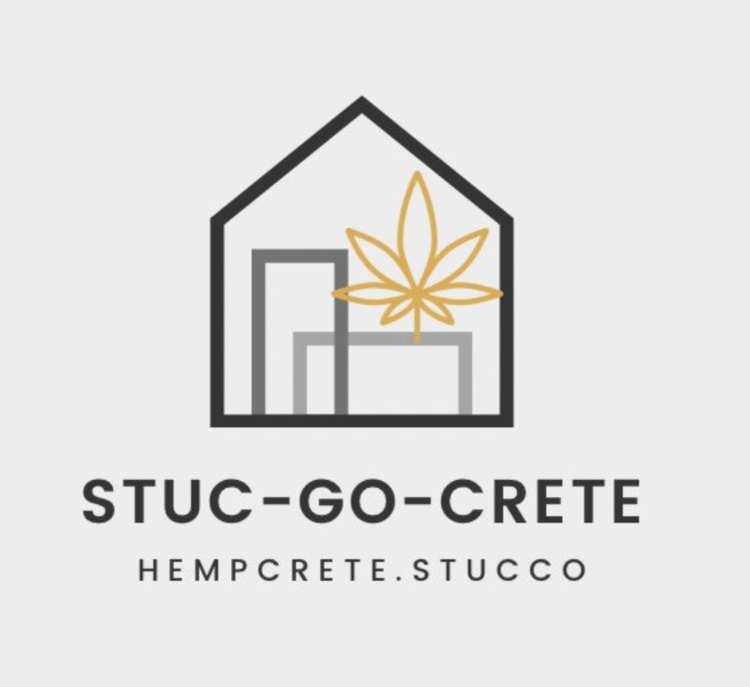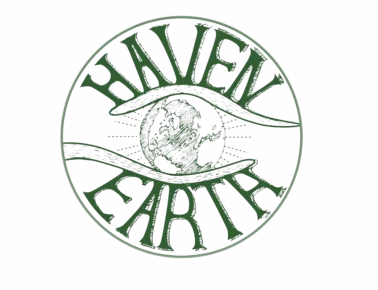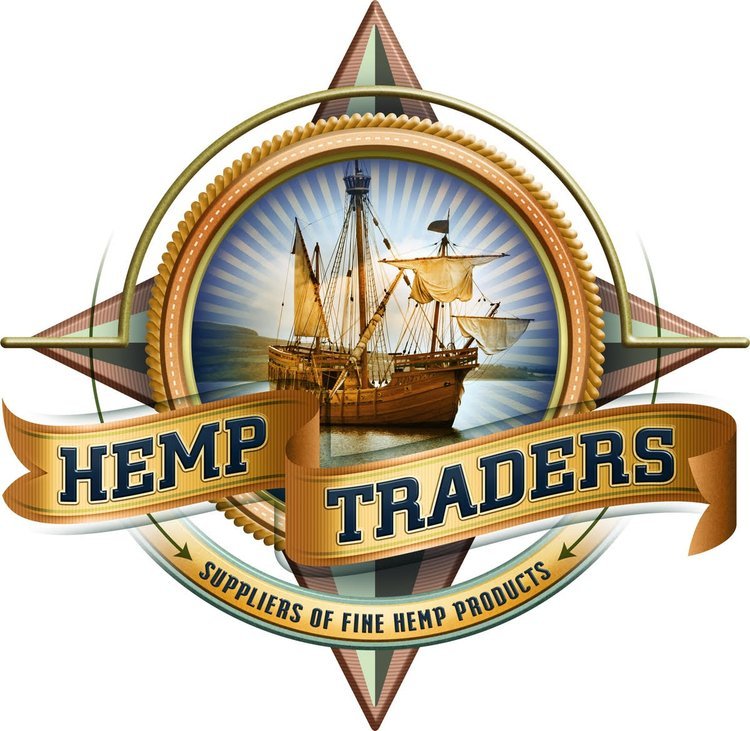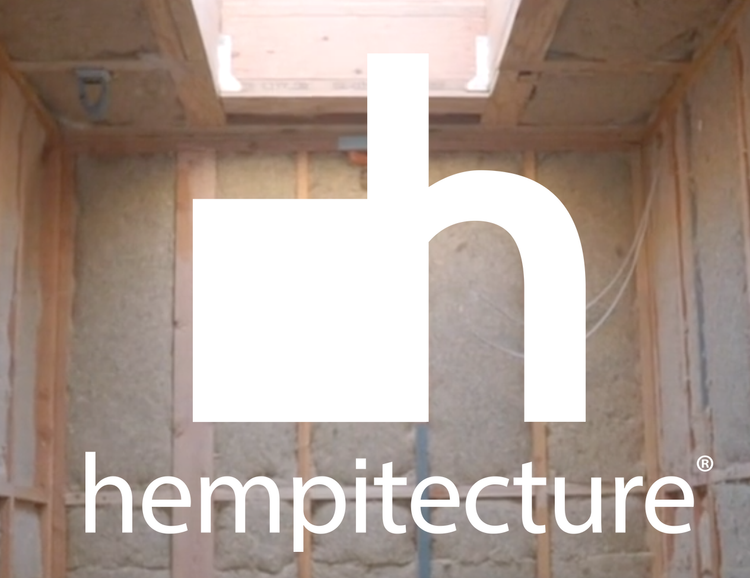Hempcrete Approved for US Residential Building Codes
Hempcrete homes, like this one in California, will soon be easier to permit and build after the ICC approved hempcrete for inclusion in the International Building Codes. Photo by Lillian Clarke
By Jean Lotus
Hemp building materials were officially approved in the model US residential building code at a Louisville, KY public hearing overseen by the International Code Council (ICC) last week.
At the meeting, the ICC closed the public comment period for hemp+lime (hempcrete) constructionfor inclusion as an appendix in the upcoming 2024 International Residential Code (IRC). This was the final step to approve the appendix as part of the new code. The new code will be published in 2023 with Hemp-Lime (Hempcrete) appearing as “Appendix BA.” The IRC is the basis for the residential code in 49 of 50 U.S. states (Wisconsin being the outlier). It applies to one- and two-family dwellings and townhouses.
Subscribe for HempBuild Magazine’s free newsletter
Hempcrete, a mixture of hemp stalk hurds or “shiv” and lime binder, creates a long-lasting fibrous insulation wall assembly that is fire-resistant, carbon-sequestering and repels mold and pests. Because hemp sequesters carbon in the walls of a building, hempcrete is an excellent zero-carbon building material that can offset the construction industry’s carbon footprint, supporters said.
The IRC approval applies to hempcrete as a non-structural wall infill system using technology similar to that of the straw bale and the cob wall construction, the committee said. The approval “will make it easier for building departments to review plans for permitting [hempcrete]. This provides prescriptive guidance for a sustainable option for wall infill,” the committee added.
Appendix BA will allow use of hemp-lime in regions of low seismic risk prescriptively without engineering. Regions of high risk will require an engineered design.
Though hemp-lime is known through European tests to be very fire resistant, further testing is needed to assign it a fire-resistance rating in the IRC, specifically under testing standards ASTM E 119 or UL 263. In 2020, smoke development and flame spread testing was completed by Hempitecture, Inc. under ASTM E 84, where hemp-lime was subjected to temperatures up to 575 degrees Fahrenheit. This test is required for all insulation infill materials, and hemp-lime recorded the lowest (best) possible values.
Catching up with Europe
Hempcrete insulation has been used in Europe for about 30 years, but wasn’t officially included in US building codes because industrial hemp was illegal in the United States until passage of the 2018 Farm Bill.
The US Hemp Building Association’s non-profit foundation submitted an application for certification after raising more than $50,000 and working countless hours with a committee of experts, including civil engineers, hemp-lime builders from Europe and the USA, architects and code experts who helped straw bale builders become certified in the 2018 residential housing codes.
Henry Gage, Jr., the president of USHBA, praised departing acting executive director Jacob Waddell for raising money and moving the ICC application through multiple hurdles to achieve certification. “I would like to honor the work of [Waddell] for his leadership,” Gage said in an email. “With this vote, hemp-lime construction has moved to the mainstream, creating a new era of investment, research, architecture and construction,” Gage added.
Including hempcrete in US building codes should cut red tape and streamline hempcrete projects, supporters said.
Click here to go to our FREE online community.
Appendices in the IRC are voluntary unless specifically adopted by a state or local jurisdiction, said submission co-author architect Martin Hammer, who has worked on four other IRC code appendices.
Before official adoption of the 2024 Appendix BA, designers and home builders working on a hempcrete project may still be required to be approved as an “alternative material and method” by local building departments.
“On the other hand, even now, this well-developed ICC building code appendix can be proposed to a local building official for use on a project basis,” Hammer said.
“Code induction of a natural building material of any type is really big news,” said structural engineer Anthony Dente of Berkeley, CA-based Verdant Structural Engineers, who submitted structural engineering data for the proposal. “There are not many of these types of codes globally compared to other conventional materials. …The IRC Hemp-Lime Appendix is an excellent foundational document with a lot of really exciting areas of potential growth in the future,” Dente added.
Pennsylvania-based architect Ana Konopitskaya of CoExistBuild, who helped write the application, called the certification “a groundbreaking achievement.”
"As an architect, including hemplime into the building code is of paramount importance,” she told HempBuildmag in an email. “It will allow architects like myself, focused on sustainability, to specify this product in any municipality across the US,” she added.
Matt Marino, hemp builder from North Dakota-based Homeland Hempcrete said inclusion in the US building codes “helped add legitimacy to our craft. It is a tool for us to standardize our deliverable,” he added. “This is just the beginning, and I look forward to seeing where we can take this industry.”
Appearing in the residential codes will give a boost to builders of individual homes, but for hempcrete to be approved for commercial buildings without a variance, it still needs to be approved in the model International Building Code (IBC), which governs all occupancies not covered by the IRC. The IBC is renewed every three years and will be open for submissions in 2025.
ICC committee voting members work for government agencies protecting the public’s health and safety and “have no financial stake in the outcome,” according to the organization.
This article has been edited with clarifications as to the ability of the IRC members to rate buildings for seismic values and to clarify the need for engineering, as well as to replace some inaccurate terminology. Thanks to Martin Hammer for editorial consultation.
Jean Lotus is publisher of HempBuildmag.com
Please Support Our Classified Advertisers
(To find out more about advertising CLICK HERE).
Help Wanted:
Training and Education
Publications
Hemp Building Directory 2022 - Guide to the International Hemp Building Industry
Available Now! “Hemp Buildings - 50 International Case Studies” by Steve Allin
Hemp Hurd (shivs)/Hemp Fiber/ Hemp Microfiber
Hempcrete installers/Insulation subcontractors
Lime Binder
Hemp Batt Insulation/Supplies
Green Builders
Hemp Building Engineers
Hemp Genetics
Professional Associations
Events





